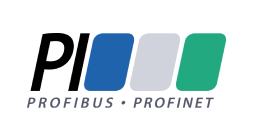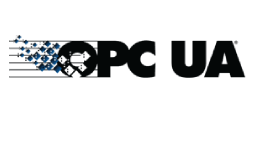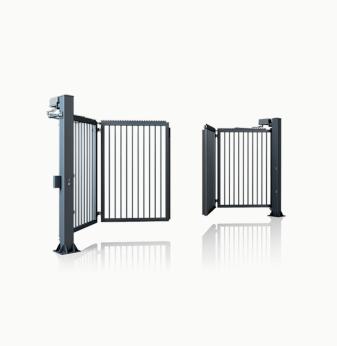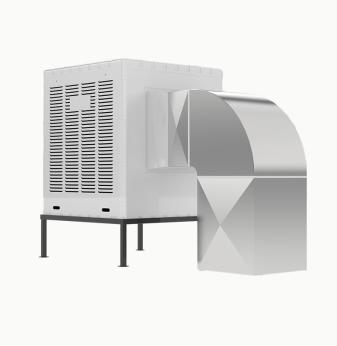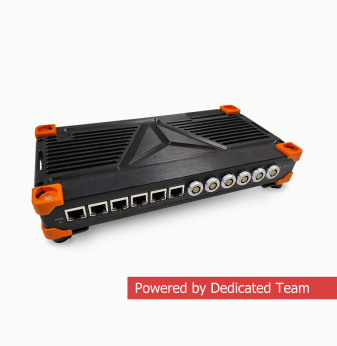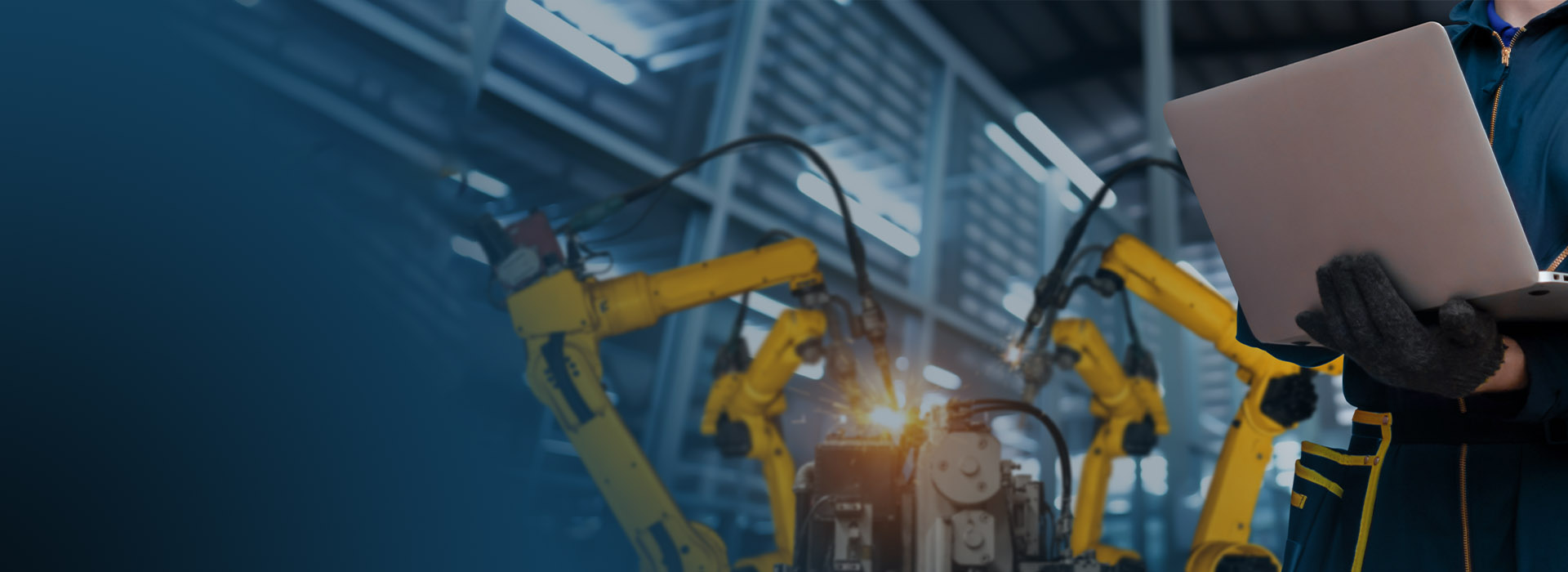
Industrial Automation & Robotics Solutions




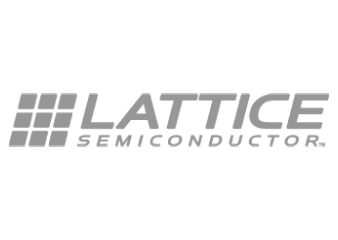






Are you looking to create advanced software and hardware for industrial automation systems and robotics? Promwad’s team is here to assist you.
Our engineers integrate the latest technologies from the leading vendors to build custom FPGA and Industry 4.0 solutions for your businesses.

Roman Shuliankou, Head of the Industrial Automation and Robotics
Explore What We Do
All levels of industrial software for devices and embedded systems.
Read more
Design of hardware and software platforms for motor control systems.
Read more
Real-time monitoring for consistent production and automation
Read more
High-power industrial FPGA to address your complex challenges.
Read more
Secure solutions for real-time data transfer via industrial protocols.
Read more
Establish unified network communication across devices.
Read more
Industries We Serve
AI- and computer vision-powered autonomous systems and robots.
Read more
Enhance resource recovery and avoid equipment failure.
Read more
Custom software and hardware design for power systems.
Read more
Our Case Studies in Industrial Automation

About Us
Since 2004, we have completed hundreds of electronics design projects for global brands and local manufacturers, which helped them to transform their business with cutting-edge technologies. We are primarily focused on Industry 4.0, IIoT, telecom, adaptive computing systems (AI-powered FPGA), and the automotive industry.
Industrial automation and robotics are an essential part of our key R&D activities. We work with many other calculations, such as the analysis of frequency deviation, currents and voltages, and calculation of active, reactive, and apparent power.
Our Engineers Have Fundamental Knowledge
in the Following Areas
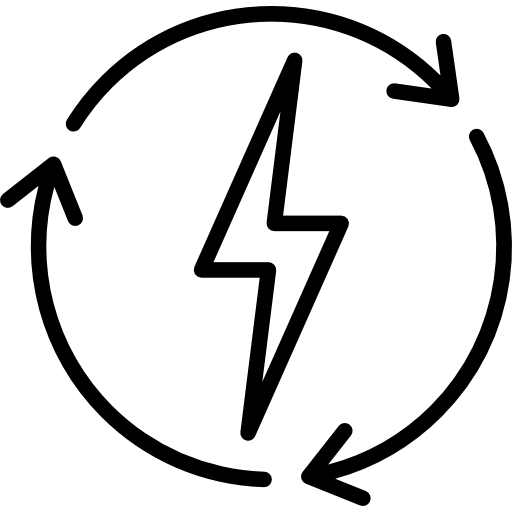
The theory behind automatic controls and electric drives

Algorithms on FPGAs, embedded Linux systems, and MCUs

V/F and field-oriented control for PMSM, ACIM, and BLDC
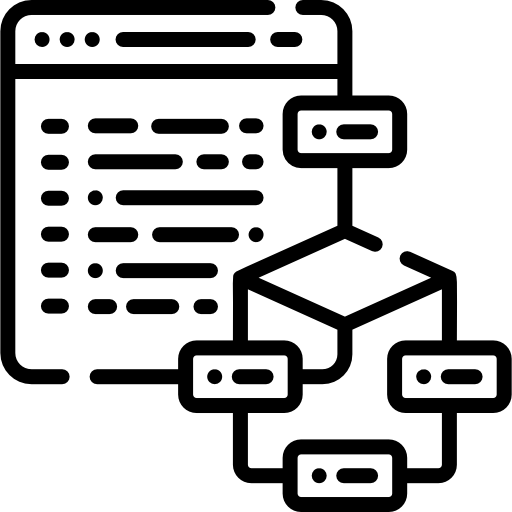
Mathematical physics equations and DSP mathematics

Algorithms for electric power systems
Our Tech Stack
Industrial Networks
EtherNet/IP, DeviceNet, ControlNet, CompoNet, Modbus RTU/ASCII/TCP/Plus, PI, FieldComm Group, POWERLINK, CC-Link, SERCOS, CANopen, IO-Link, EtherCAT, openSAFETY, VARAN, OPC
Building Automation Networks
KNX, BACnet, DALI, EnOcean, LonWorks (LON), Matter
Power System Networks
IEC 62056 (DLMS/COSEM), IEC 61850, SNMP, C37.118, C37.94, PLC, IEC 60870-5-101, IEC 60870-5-104
Our Engagement Models
Flexible approach to suit your current needs

Dedicated Team
We will form a team to fit your specific engineering task. You are free to manage it and provide additional resources.

Project-Based
We can join you at any stage or take on the entire project, including our management and risk control.

Fixed Price Model
This contract fixes the price so that it does not depend on resources used or time expended by our engineering team.

Time and Material
A T&M contract is the best option for your flexible set of tasks that are difficult or impossible to fix and assess in advance.
Employ our industrial automation engineering services to get a custom solution powered by the latest technologies!
Drop us a line about your project! We will contact you today or the next business day. All submitted information will be kept confidential.


